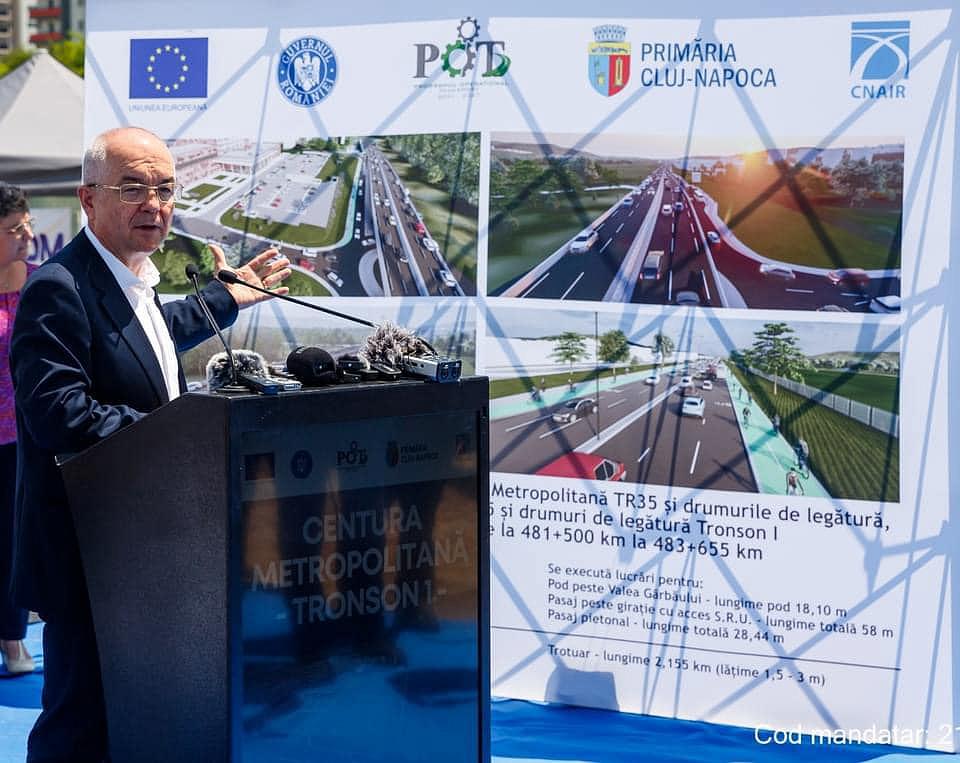Construction of Cluj-Napoca subway to begin soon



Emil Boc, longtime mayor of Cluj-Napoca who is currently running for a new term, stated that work on the city’s subway system will begin in roughly a month. The contract for the construction of the first subway line was signed a year ago with builder Gulermark.
Cluj’s new subway line would be the second one in Romania, after the one in Bucharest. It would be the largest transportation infrastructure project contracted so far, valued at EUR 1.8 billion.
The funding contract was signed with the Ministry of Transport, and EUR 300 million was allocated for structural works.
“Additionally, we are preparing the Metropolitan Train,” said Boc.
The president of the Cluj County Council, Alin Tișe, signed the construction authorization for the subway on May 21, but local NGOs pointed out that the Turkish contractor did not submit the technical project which should serve as a basis for the authorization, according to Economedia.
Gulermark has worked on the Istanbul, Dubai, and Warsaw subway networks. Cluj City Hall has chosen a turnkey contract: structures, tunnels, finishes, installations, and automation will be provided by the sole builder. Gulermak will bring to Cluj the team that worked on the Dubai subway to provide just that.
According to the Cluj County Council, the subway line starts in the residential area of Florești and goes on to the future Regional Emergency Hospital and the nearby shopping center. The next stations are located in Cluj-Napoca proper, serving the Mănăștur neighborhood, then toward the city center to Mărăști Square. From here, one line will continue to the Muncii industrial area, and another will serve the Gheorgheni and Sopor neighborhoods.
The Cluj M1 Subway Line and M6 Line in Bucharest are both financed through EU-backed resilience funds, EUR 300 million each.
The Cluj subway trains will run at intervals of 90 seconds, and will be able to carry between 15,000 and 20,000 passengers, less than half the capacity designed for the M5 and M6 Lines in Bucharest. The line will have 19 stations and 40 trains per hour per direction, according to the government project.
(Photo source: Emil Boc on Facebook)